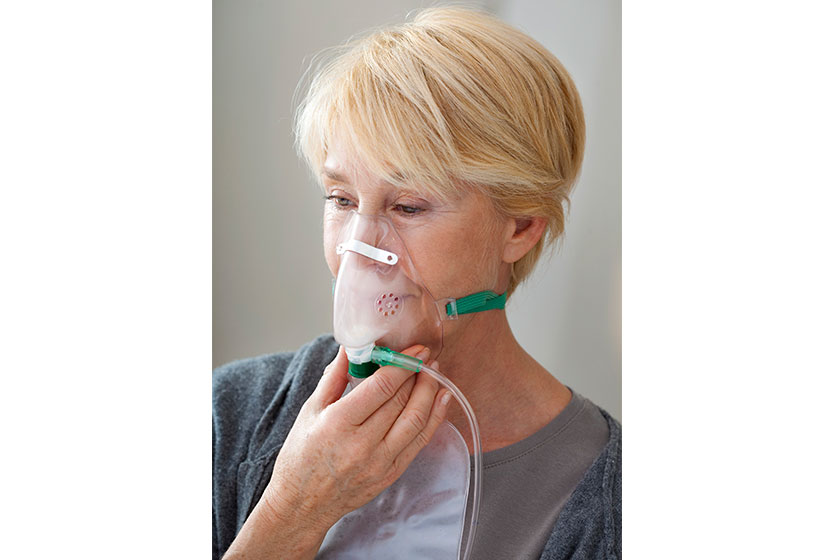As individuals age, various health concerns become more prominent, and understanding the normal oxygen levels in seniors is essential for maintaining their well-being. Whether you’re a family member, friend, or caregiver, knowing what constitutes normal oxygen levels and how to monitor them can greatly impact the quality of life of elderly individuals. In this article, we’ll explore the intricacies of oxygen levels among older adults, discussing what’s considered normal, factors affecting these levels, and strategies to ensure optimal oxygenation in later years.
The Importance of Normal Oxygen Levels
Normal oxygen levels are crucial for overall health, particularly among the elderly population. Adequate oxygenation ensures proper organ function, cognitive clarity, and vitality. Without sufficient oxygen levels, individuals may experience fatigue, cognitive impairment, and heightened susceptibility to infections. Maintaining optimal oxygenation is fundamental for promoting a high quality of life among elderly in retirement, enabling them to engage in daily activities and social interactions with ease. Regular monitoring and interventions to support healthy oxygen levels are essential components of comprehensive care within the aging population.
Understanding Normal Oxygen Levels in Seniors
For adults over the age of 65, normal oxygen saturation levels typically range from 95% to 100%. However, slight variations may occur depending on individual health conditions and activity levels. It’s essential to recognize that oxygen saturation levels below 90% can indicate hypoxemia, a condition associated with oxygen deprivation, which requires prompt medical attention. Understanding these parameters allows family members and caregivers to identify potential issues early on and provide appropriate interventions to ensure the aging individual’s well-being. Through regular assessments and awareness of individual variations, loved ones can maintain a supportive environment that is conducive to support the healthy aging and vitality of the older adult.
Factors Affecting Oxygen Levels
Several factors can influence oxygen saturation levels in elderly individuals. These include chronic health conditions such as chronic obstructive pulmonary disease (COPD), heart disease, and anemia. Additionally, environmental factors like altitude and air quality can impact oxygen absorption in the bloodstream. Understanding these influencing factors enables medical practitioners to implement targeted interventions and support measures to optimize the elderly’s oxygen levels. By addressing underlying health conditions and creating an environment conducive to respiratory health, loved ones can enhance the overall well-being and quality of life for the older adult.
Monitoring Oxygen Levels
Routine monitoring of oxygen saturation levels is crucial for identifying any deviations from normalcy among elderly individuals. Non-invasive methods such as pulse oximetry provide quick and accurate assessments of oxygen saturation levels, allowing caregivers to intervene promptly if necessary. Regular monitoring enables early detection of respiratory issues or exacerbations of underlying conditions, facilitating timely intervention and preventing potential complications. By establishing routine monitoring protocols, caregivers can prioritize the elderly’s respiratory health and proactively address any fluctuations in oxygen levels. This proactive approach not only enhances their overall well-being but also contributes to a supportive and proactive care environment within the living environment.
Additionally, routine monitoring serves as a valuable tool for tracking the elderly’s health status over time, allowing for adjustments to care plans and interventions as needed. Overall, incorporating regular oxygen saturation monitoring into standard care practices promotes optimal health outcomes and enhances the quality of life for the aging population.
Maintaining Optimal Oxygenation
To ensure older adults maintain optimal oxygen levels, proactive measures must be implemented. This includes promoting a healthy lifestyle encompassing regular physical activity, balanced nutrition, and smoking cessation. Additionally, proper ventilation and indoor air quality management are essential to enhance oxygenation within the living environment. By prioritizing these initiatives, loved ones can create a supportive atmosphere that fosters respiratory health and overall well-being among older adults, ultimately contributing to a fulfilling and vibrant retirement experience and enriching their lives.
Collaboration with Healthcare Professionals
Effective collaboration between caregivers and healthcare professionals is paramount in managing the elderly’s oxygen levels. Regular assessments, consultations, and the implementation of individualized care plans are essential for optimizing health outcomes. Education and training programs for caregivers further enhance their ability to recognize signs of respiratory distress and intervene appropriately.
Understanding normal oxygen levels in seniors is pivotal for ensuring their health and well-being in old age. By monitoring oxygen saturation levels, identifying influencing factors, and implementing proactive measures, older adults can enjoy enhanced quality of life and longevity. Through collaborative efforts between caregivers and healthcare professionals, the goal of maintaining optimal oxygenation among seniors can be achieved, fostering a thriving and supportive environment for aging individuals.






